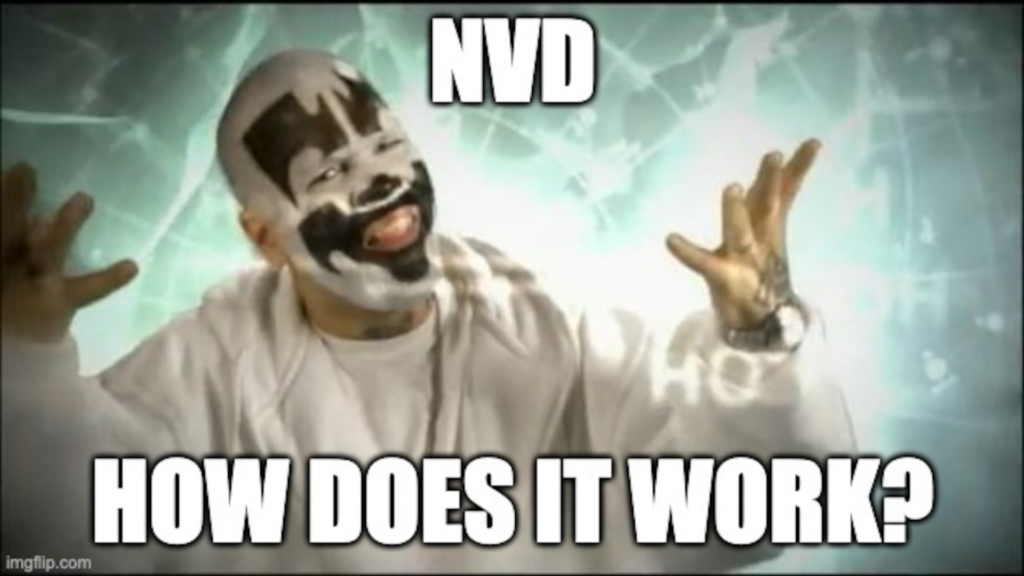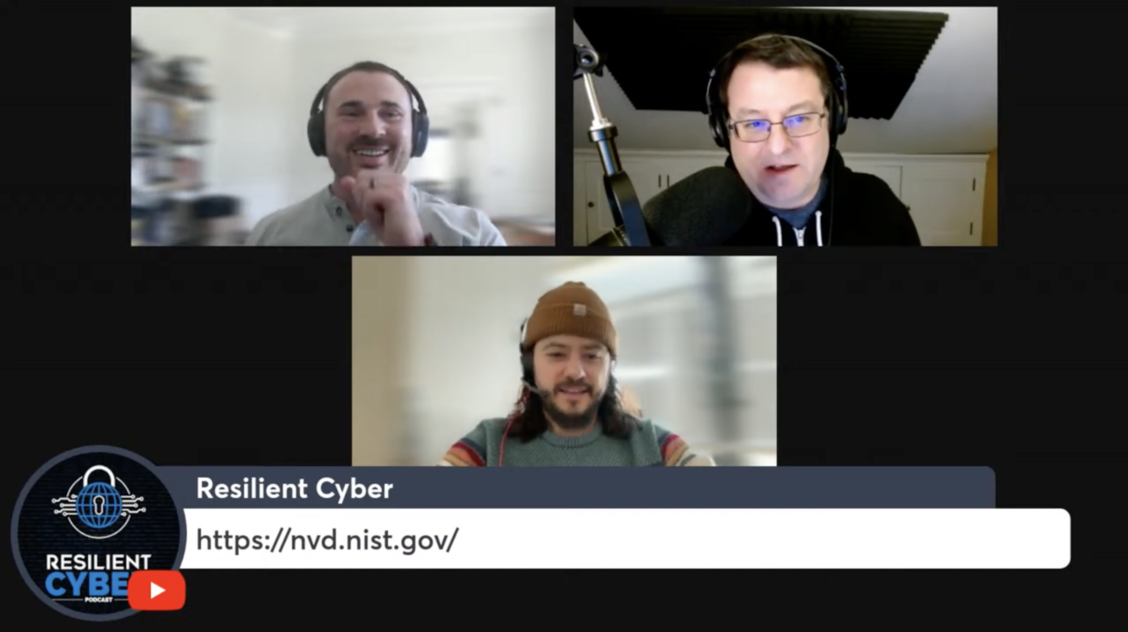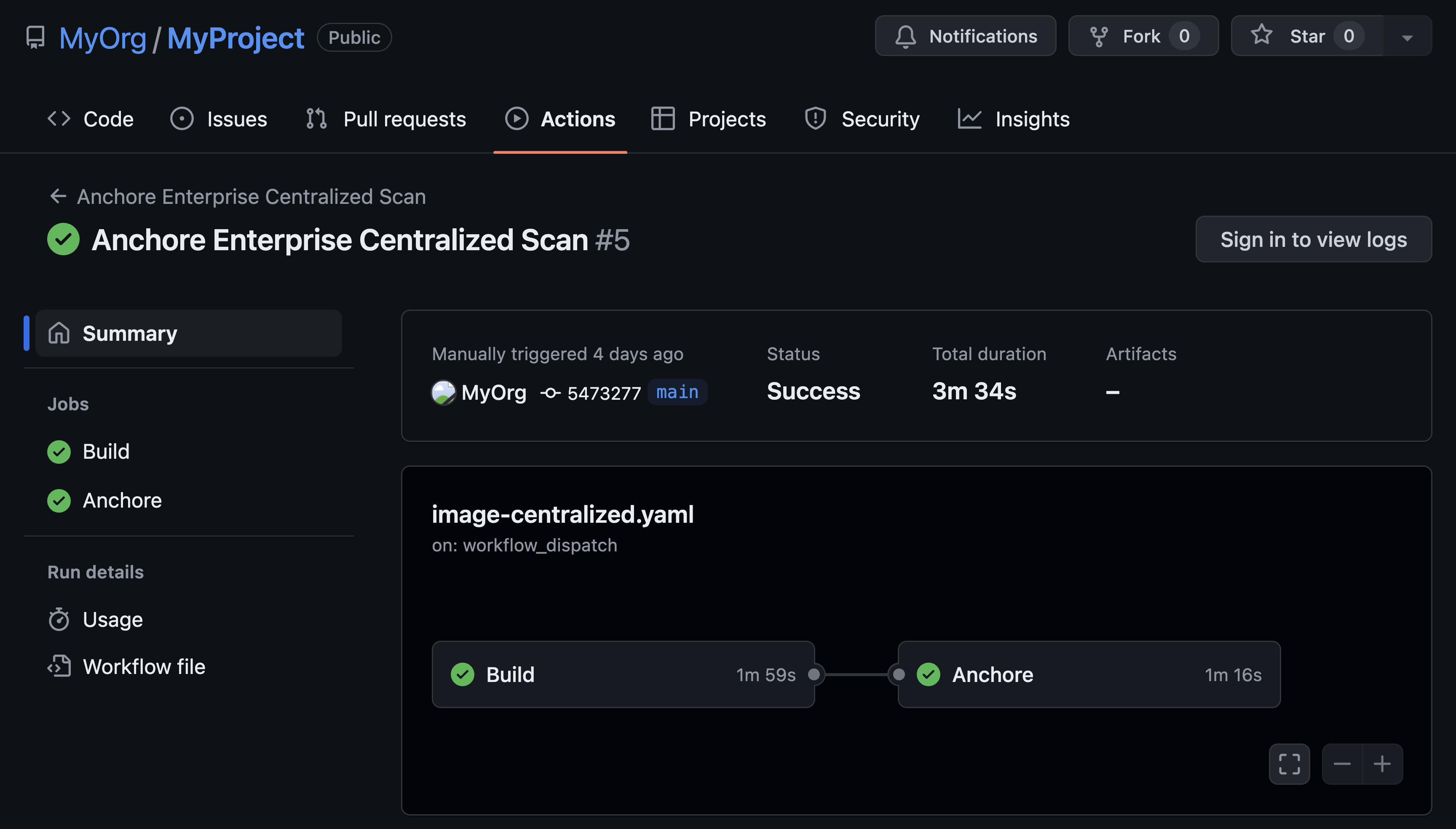The global cybersecurity community has been in a state of uncertainty since the National Vulnerability Database (NVD) has degraded service starting in mid-February. There has been a lot of coverage of this incident this month and Anchore has been at the center of much of it. If you haven't been keeping up, this blog post is here to recap what has happened so far and how the community has been responding to this incident.
Our VP of Security, Josh Bressers has been leading the charge to educate and organize the community. First with his Open Source Security podcast that goes through what is happening with NVD and why it is important. On top of that, last week he participated in a livestream with Chainguard Co-founder Dan Lorenc on the Resilient Cyber Show hosted by Chris Hughes on the implications of the current delay with NVD service.
We've condensed the topics from these resources into a blog post that will cover the issues created by the delay in NVD service, a background on what has happened so far, a potential open-source solution to the problem and a call to action for advocacy. Continue reading for the good stuff.
The problem
Federal agencies mandate NVD is used as the primary data source of truth even if there could be higher quality data sources available. This mainly comes down to the fact that the severity scores, meaning the Common Vulnerability Scoring System (CVSS), determines when an agency or organization is out of compliance with a federal security standard. Given that compliance standards are created by the US government, only NVD can score a vulnerability and determine the appropriate action in order to stay in compliance.
That's where the problem starts to come in, you've got a whole bunch of government agencies on one hand saying, 'you must use this data'. And then another government agency that says, "No, you can't rely on this for anything". This leaves folks working with the government in a bit of a pickle.
–Dan Lorenc, Co-Founder, Chainguard
If NVD isn't assigning severities to vulnerabilities, it’s not clear what that means for maintaining compliance and they could be exposing themselves to significant risk. For example, there could be high severity vulnerabilities being published by organizations that are unaware because this vital review and scoring process has been removed.
Background on NVD and the current state of affairs
NVD is the canonical source of truth for software vulnerabilities for the federal government, specifically for 10+ federal compliance standards. It has also become a go-to resource for the worldwide security community even if individual organizations in the wider community aren't striving to meet a United States compliance standard.
NVD adds a number of enrichments to CVE data but there are two of particular importance; first, it adds a severity score to all CVEs and two, it adds information of which versions of the software are impacted by the CVE. The National Institute of Standards and Technology (NIST) has been providing this service to the security community for over 20 years through the NVD. That changed last month:
Timeline
- Feb 12: NVD dramatically reduces the number of CVEs that are being enriched:
- Feb 15: NVD posts message about delay of enrichment on NVD Website
- Mar 08: Anchore publishes National Vulnerability Database: Opaque changes and unanswered questions when delay continues for almost a month
- Mar 21: Livestream of the Resilient Cyber Show's "Untangling NVD Chaos" is broadcast
- Mar 27: NVD session at VulnCon; potential announcement from NVD about future state of database
Read a comprehensive background in our original blog post, National Vulnerability Database: Opaque changes and unanswered questions.
Developing an Open-Source Solution
The Anchore team developed and maintains an open-source vulnerability scanner called Grype that utilizes the NVD as one of many vulnerability feeds as well as a software supply chain security platform called Anchore Enterprise that incorporates Grype. Given that both products use data from NVD, it was particularly important for Anchore to engage in the current crisis.
While there is nothing that Anchore can do about the missing severity scores, the other highlighted missing enrichment was the versions of the software that are impacted by the CVE, aka, Common Platform Enumeration (CPE). The matching logic ends up being the more important signal during impact analysis because it is an objective measure of impact rather than severity scoring which can be debated (and is, at length).
Given Anchore's history with the open-source software community, creating an OSS project to fill a gap in the NVD enrichment seemed the logical choice. The goal of going the OSS route is to leverage the transparent process and rapid iteration that comes from building software publicly. Anchore is excited to collaborate with the community to:
- Ingest CVE data
- Analyze CVEs
- Improve the CVE-to-versioning mapping process
Everyone is being crushed by the unrelenting influx of vulnerabilities. It's not just NVD. It's not one organization. We can either sit in our silos and be crushed to death or we can work together.
–Josh Bressers, VP of Security at Anchore
If you're looking to utilize this data and software as a backfill while NVD continues delaying analysis or want to contribute to the project, please join us on GitHub!
Cybersecurity Awareness and Advocacy
It might seem strange that the cybersecurity community would need to convince the US government that investing in the cybersecurity ecosystem is a net positive investment given that the federal government is the largest purchaser of software in the world and is probably the largest target for threat actors. But given how NIST has decided to degrade the service of NVD and provide only opaque guidance on how to fill the gap in the meantime, it doesn't appear that the right hand is talking with the left.
Whether the federal government intended to or not, by requiring that organizations and agencies utilize NVD in order to meet a number of federal compliance standards, it effectively became the authority on the severity of software vulnerabilities for the global cybersecurity ecosystem. By providing a valuable and reliable service to the community, the US garnered the trust of the ecosystem. The current state of NVD and the manner in which it was rolled out has degraded that trust.
It is unknown whether the US will cede its authority to another organization, the EU may attempt to fill this vacuum with its own authoritative database but in the meantime, advocacy for cybersecurity awareness within the government is paramount. It is up to the community to create the pressure that will demonstrate the urgency with the current strategy around a vital community resource like NVD.
Conclusion
Anchore is committed to keeping the community up-to-date on this incident as it unfolds. To stay informed, be sure to follow us on LinkedIn or Twitter/X.
If you'd like to watch the livestream in all its glory, click on the image below to go to the VOD.

Also, if you're looking for more in-depth coverage of the NVD incident, Josh Bressers has a security podcast called, Open Source Security that covers the NVD incident and the history of NVD.




